It’s a sad, sad world we live in when the even indoor air is no longer clean. In fact, according to the EPA, there are plenty of sources of indoor air pollution right inside your home including excess moisture, cleaning products, personal hygiene products, furniture, and even products for hobbies.
Now, before you panic, take a deep breath. Or maybe not. What you need to breathe easier is to get an air scrubber and humidifier. Yes, the same air scrubber that is used to clean contaminated air in the restoration or cleaning jobs and construction projects. Of course, not all air scrubbers are created equal. Nothing is, really. So, to help you pick out the one that will give you clean air, we’ve gathered the best air scrubbers in the market today.
Top 6 Air Scrubbers Of 2020 Reviewed
1. BlueDri BD-AS-550-BL
 Best Air Scrubber For Remodeling
Best Air Scrubber For Remodeling
The BlueDri BD-AS-550-BL is almost exactly like our first pick, the B-Air RA-650. It is also a low-amperage air scrubber that features a 1/3 HP motor, a 3-stage filtration system, a daisy chain GFCI port, a variable speed control knob, an LED light indicator, a G4 pre-filter, and an H13 HEPA prime filter. It is slightly heavier than the B-Air model but only by 2 lbs.
It has a CFM of 250-500 and can definitely clear the air in plenty of job sites. What does make this one different is the hour meter display and the location of the handle which we believe makes this easier to carry than the B-Air RA-650. However, this also does not feature wheels to make it more transportable. It is noisy even at low speed. And the filters are hard to find and not cheap.
Pros:
- True HEPA filter
- LED light indicator
- Variable CFM
Cons:
- Heavy
- Noisy even at low speed
- Hard-to-find filters
2. B-Air RA-650
 Best Air Scrubber For Home
Best Air Scrubber For Home
The B-Air RA-650 is an air scrubber that features a 3-stage filtration system, a 1/3 HP external rotor induction motor, a 25-foot power cord, and a light indicator that will let you know when the filter needs cleaning or replacing. The filters include DOP Certified H13 HEPA and G4 Pleated Media Filter that will be able to remove 99.97% of all contaminants that are as small as 0.3 micrometers. The machine also has non-marking, anti-skid rubber feet to ensure it remains stable while it cleans your air. This scrubber has a variable speed control switch so you can safely take on a variety of cleaning jobs as well as have a little bit more control on the noise level in certain rooms/locations.
The scrubber draws a low 2.5 amps with a fan speed of 500-2400 rpm and a CFM rating of 500. Among the best air scrubbers, this one stands out for us because it can completely clean air in spaces as large as 600 square feet. And if you require more, you can easily daisy chain several using the built-in GFCI power outlets. So, any drawbacks? Not really. We would have loved it if the feet were wheels instead to make the unit more transportable. 43 pounds can get very heavy especially if you’re taking it from one room to another. Also, the pre-filter gets loaded quickly which means cleaning it out every couple of hours if you’re in a restoration or construction job site.
Pros:
- Primary HEPA filter
- Daisy-chainable
- Variable speed switch
Cons:
- Pre-filter gets loaded quickly
- Heavy
3. XPOWER X-3400A 2″ HEPA Air Scrubber
 Best Air Scrubber For Mold
Best Air Scrubber For Mold
The XPOWER X-3400A 2″ HEPA Air Scrubber also utilizes a 3-stage filtration system and features a built-in GFCI outlet, variable speed control switch, filter change light indicator. This low amperage scrubber (also 2.8 Amps) is also ETL/CETL safety certified and daisy chain capable. But there are several things that make this stand out on this list. It is more expensive than the others we’ve reviewed.
It has a more powerful and energy efficient motor – 1/2 HP external rotor induction motor – and a higher airflow with a 600 CFM rating. In addition, it uses a 2-inch thick HEPA filter. Even better, the 1st stage nylon mesh filter is washable. Another thing we love about this scrubber is it’s very light at 28.8 pounds. However, it does not come with a carbon filter – sold separately. But if you’re willing to make the investment, this could be just the thing to make you breathe easier anywhere.
Pros:
- Lightweight
- Washable pre-filter
- 2-inch thick HEPA filter
Cons:
- Very expensive
- Carbon filter not included
4. Dri-Eaz F284 DefendAir HEPA 500
 Best Portable Air Scrubber
Best Portable Air Scrubber
The Dri-Eaz F284 features a two-stage filtration system with variable airflow (250 – 500 CFM). The pre-filter is a standard paper pre-filter that traps large particles while the primary filter is a true HEPA filter. The scrubber has an 8-inch air outlet which allows you to attach the Dri-Eaz rigid engineered ducting (sold separately). This means that you can use this air scrubber as a negative air machine as well.
Like our first pick, this features an auxiliary power outlet which allows you to daisy chain up to 4 units if you require more airflow for your cleaning job. This air scrubber is a pretty powerful machine which can clear the air in enclosed spaces as large as 1000 cubic feet. You even have the option to add a second pre-filter to extend the life of your HEPA filter. However, there is no carbon filter included for odor control. You’ll need to buy it separately. Also, it is heavy and bulky so some might find it hard to transport around. Plus, there is no light indicator to let you know when it’s time to clean or change the filter.
Pros:
- Daisy-chain capability
- Can be used as a negative air machine
- Variable airflow
Cons:
- No carbon filter included
- Heavy and bulky
- No light indicator
5. OdorStop OS500
The OdorStop OS500 is another air scrubber that caught our eye because it offers a lot of the same features as the B-Air RA-650 at a lower price. It has a 1/3 HP thermally protected motor with a 250-500 CFM rating. The machine also has a GFCI outlet for daisy-chaining, a three-stage filtration system, a filter change indicator light, and rotomolded housing. It does have an extra long power cord – 30 feet.
Also, the machine is ETL/CE/SAA certified. Plus, the price definitely is one of the most affordable. So, what’s the catch? The only thing we don’t like is that it doesn’t come with a carbon filter which means it doesn’t really stop odor unless you buy the filter separately. Also, these scrubbers are made in China which may be a dealbreaker for some buyers.
Pros:
- Extra long power cord
- Indicator light
- Daisy-chain capable
Cons:
- No carbon filter included
- Made in China
6. Novair F2100 Air Scrubber
 Best Commercial Air Scrubber
Best Commercial Air Scrubber
If you want something that can clean the air in hospitals and large construction sites, the Novair F2100 Air Scrubber is your best bet. For less than $1000, you can get a machine that has a 2000 CFM with a powerful 2 HP motor, and a 2-speed configuration. In addition, this scrubber features a polyethylene shell that’s dent proof, leak proof, and almost indestructible.
It’s definitely an industrial machine that can easily remove hazardous particles in the air. While it is heavy (a whopping 200 pounds!), it does come with wheels for easy transport and its compact design allows you to fit it easily through standard doorways. However, it can be a pain to move up and down stairways because of its weight. It isn’t so easy to clean as well after each cleaning job.
Pros:
- Powerful motor
- 2000 CFM
- Comes with wheels
Cons:
- Hard to transport on stairs
- Not easy to clean after a job
How to Choose the Best Air Scrubber: the Ultimate Buying Guide
We all know how polluted the air is outside our homes. But did you know that indoor air pollution also exists? Most people feel quite safe breathing in the air inside their homes, workplace, or other buildings. It’s easy to see why. The indoor air feels “clean” to us when we can’t sniff out any bad odors. But just because you can’t smell them, it doesn’t mean they’re not there.
In fact, a lot of indoor air pollutants are well-tolerated by people because they are commonly occurring results of human activity, cleaning products, plants, personal hygiene products, adhesives, paints, furnishings, and building materials. Other pollutants such as dust, pollen, and animal dander may only affect a small number of susceptible people, triggering an allergic reaction. In short, you can find pollutants in almost everything and the worst effects we’ve most likely experienced are short-term, treatable effects such as irritation of the eyes, nose, and throat. Nothing to worry about, right? Well, not really.
According to the EPA (Environmental Protection Agency), symptoms aren’t always noticeable. Also, there is a lack of research on the health effects of indoor air pollutants. Because of this, they can’t really predict how much exposure is necessary before an individual will develop one or more of the long-term effects (respiratory diseases, heart diseases, and other illnesses) of breathing in these pollutants. To make this long intro short, there’s never any certainty that you’re breathing in clean air, not unless you have an air scrubber.
What is an Air Scrubber?
An air scrubber is a portable filtration system that draws in the air within a given area and removes (filters out) any particles, gases, and chemicals through the use of several filters to help improve indoor air quality. Once clean, the filtered air is then recirculated back to the surrounding area.
How Does an Air Scrubber Work?
To be able to remove all airborne particles in a given area, an air scrubber will need to draw the contaminated air through several filters, preferably a three-stage filtration system as the B-Air RA-650 has. The first stage of filtration is called the “pre-filter” stage where most of the large particles will get trapped in a set of inexpensive pre-filters, allowing airflow and filtration efficiency to remain high.
The next type of filter typically found in an air scrubber is the carbon filter. While this is an optional filter, most scrubbers will feature this as this adsorbs gas and vapor-phase molecules, the very same molecules that cause us to smell odors. These molecules will attach itself to the surface area of the carbon which helps remove “smells” from any surrounding environment.
The last stage of filtration is the primary filter. This is where the filtration processes is completed which means that an air scrubber needs an effective primary filter to be able to remove even the smallest particles in the air. HEPA (high-efficiency particulate air) filter media is comprised of fiberglass or metal fibers that are capable of catching 99.97% of contaminants in the air that can be as small as 0.3 microns. Not only will a HEPA filter clean air, but it will also be able to sanitize it.
Of course, an air scrubber wouldn’t be able to work effectively without a blower. The blower will be the one drawing in the air so that it could pass through the series of filters then exhausting it once clean. With some air scrubbers, you are able to control the speed of the blower to allow you to strike the right balance between the filter system and the size of the contaminated area.
How is an Air Scrubber Different From Other Air Cleaners?
It probably sounds similar to how an air purifier works, right? That’s partly correct. Some air purifiers actually use the same technology, removing pollutants out of the air using two to three filters. Air purifiers typically feature a pre-filter, a HEPA filter that can catch 99.97 percent of particles that are as small as 0.3 microns, and a carbon filter for capturing odor-causing molecules.
However, some air purifiers use different technology to capture pollutants. There are ionizing purifiers that use electrically charged ions to attract particles in the air. Some will use ultraviolet radiation to kill airborne bacteria and viruses.
So, what is the difference? For one, air scrubbers will not feature ionizing technology or ultraviolet radiation. Another difference is ineffectiveness. According to the EPA, no air purifiers are able to capture all gaseous pollutants. Also, these machines are typically designed to clean the air in small spaces and eliminate less potent odors.
Air scrubbers, on the other hand, are specifically designed for improving indoor air during restoration projects where pollutants caused by water damage, fire damage, or sewage are contaminating the surrounding environment.
Toxic gases, dust, mold, chemical fumes, and other harmful particles in the air can have adverse effects on human health. With an air scrubber, you’re able to decontaminate the air and protect the health of the workers as well as the inhabitants of the building. In short, an air scrubber is the industrialized version of a home air purifier, perfect for heavy-duty cleaning that is required in environments where a high concentration of harmful pollutants is located.
Does all that mean that air scrubbers can’t be used inside the home? That’s a definite no. Unlike air purifiers, air scrubbers are not limited to industrial workplaces like factories or damaged homes/buildings. If you feel that you live in an area that is near a factory/warehouse that produces or disposes of fumes, chemicals, or other harmful substances, then you can benefit from an air scrubber. However, air scrubbers are much more expensive than air purifiers so it may not be ideal for certain individuals who have limited budgets.
What to Consider When Buying Air Scrubber
Filtration Efficiency
Obviously, your filters will need to be able to capture the particles from the air passing through them. But even more important is how the particles are collected. A good filter should be able to use its entire depth, not just its surface area, in catching pollutants. If a filter loads too quickly (fills up its surface with too many particles right away), then airflow decreases. When airflow decreases, pressure drops and less air is cleaned. When choosing an air scrubber, you need to make sure that your filtration system has low-pressure drop and high airflow to promote an efficient filtration process.
ACH
ACH or air changes per hour refers to the number of times the entire volume of air in the room is filtered by the machine inside of an hour. For example, an air scrubber with an ACH of 4 means that the machine will draw in all of the air in the room and decontaminate it 4 times in 60 minutes. Experts recommend at least 6 ACH for homes and small offices which means completing air changes one every ten minutes.
Commercial locations with moderate contamination require 8 ACH while industrial projects such as indoor construction with heavy contamination require at least 10 ACH. Hospitals which have critical contamination need at least 12 ACH.
CFM
- Cubic feet per minute or CFM refers to airflow. With an air scrubber, the CFM rating will let you know how much air is cleaned by the machine every minute. You can determine the CFM of a given area by following this formula:
- CFM = (length x width x height of the room) x # of Air Changes per Hour / 60 minutes
- One thing to note about CFM is that it has an effect on the size of the machine. The higher the airflow, the bigger your air scrubber must be. For households with typical small cleaning jobs, a 500 CFM is sufficient like what you’d find with the Dri-Eaz F284 DefendAir HEPA 500. Restoration jobs will require a higher airflow like 1,000 CFM.
CADR
CADR stands for Clean Air Delivery Rate which is the measurement of how much clean air is delivered per minute. Air scrubbers with a high CADR rating have high filtration efficiency, high airflow, and low-pressure drop. What all that means is that these machines are very effective in removing contaminants from the air.
Speed
Some air scrubbers have only one speed while others like the B-Air RA-650 will offer multiple speeds. Multiple speeds will offer you flexibility – allowing you to adjust the speed according to the cleaning job or location as well as have more control on the noise level of the machine.
Portability
Whether you’re using your air scrubber inside the home or on cleaning jobs around town and beyond, you’re going to need a machine that can easily be transported from one point to another. More importantly, you’ll want to find one that can easily be operated by one person. You don’t want to end up with a machine that requires you to drag an almost immovable air scrubber from the basement to the main bedroom and back again. That goes double for remote cleaning jobs.
Price
What’s the bottom line? Air scrubbers aren’t cheap tools that you can just throw good money at. Buying one is an investment which means you’ll need to make sure that the machine you choose is able to perform the cleaning jobs you have in mind with a price that won’t be leaving you high and dry.


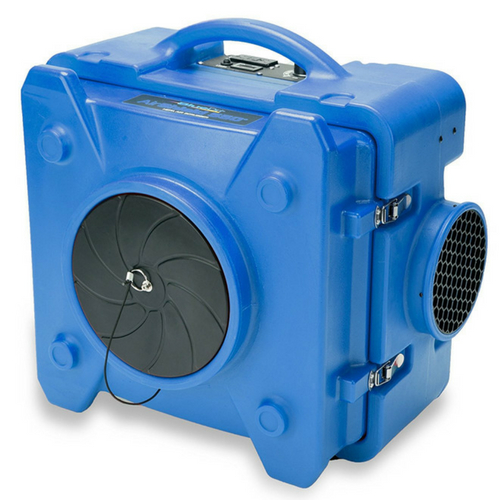
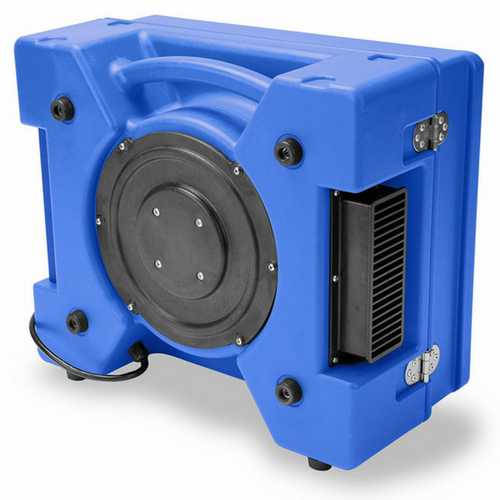
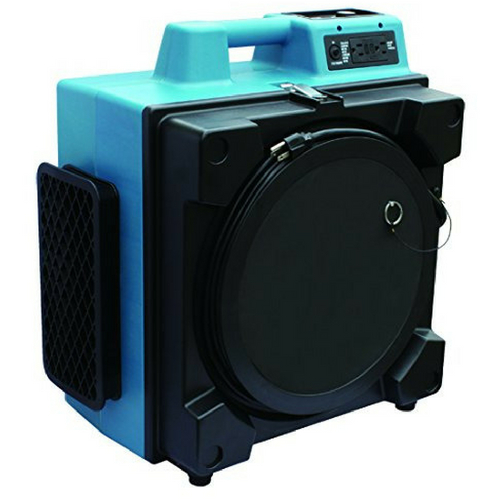
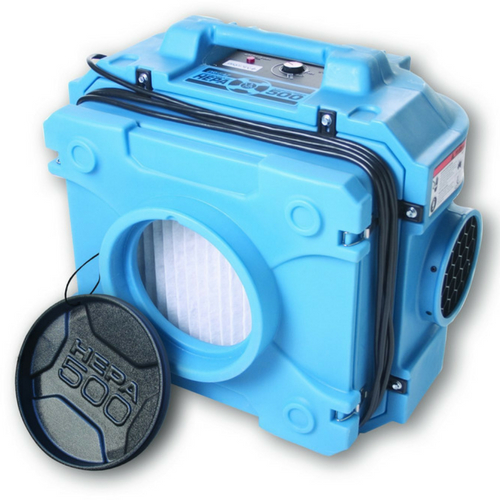
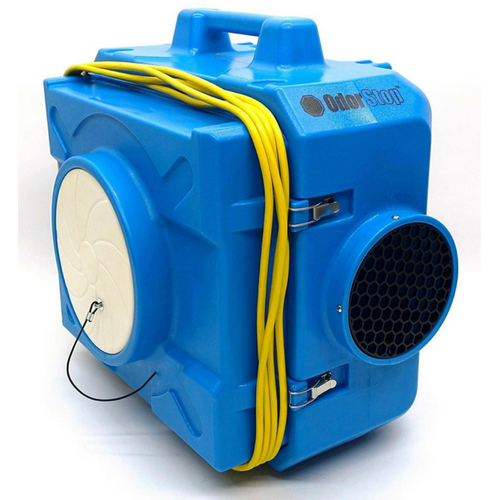
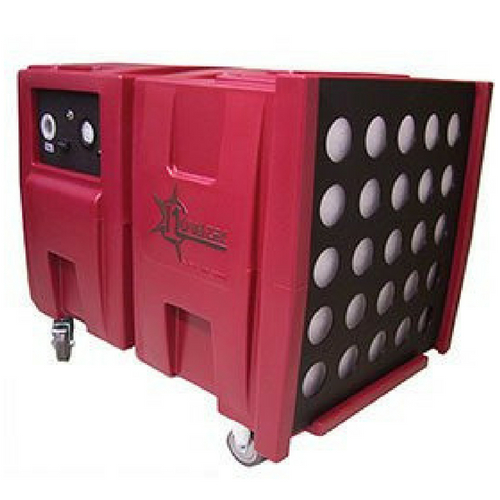
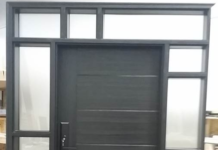

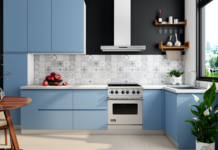
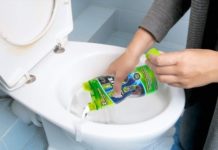

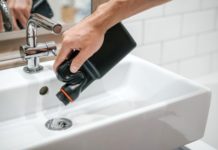





![Best Crochet Hooks for Beginners and Pros [2020 Update] best crochet books](https://www.awebtoknow.com/wp-content/uploads/2018/01/best-crochet-books-100x70.jpg)


![Best Juicers For Fruits and Vegetables [2020 Update] best juicers](https://www.awebtoknow.com/wp-content/uploads/2018/01/best-juicers-100x70.jpg)